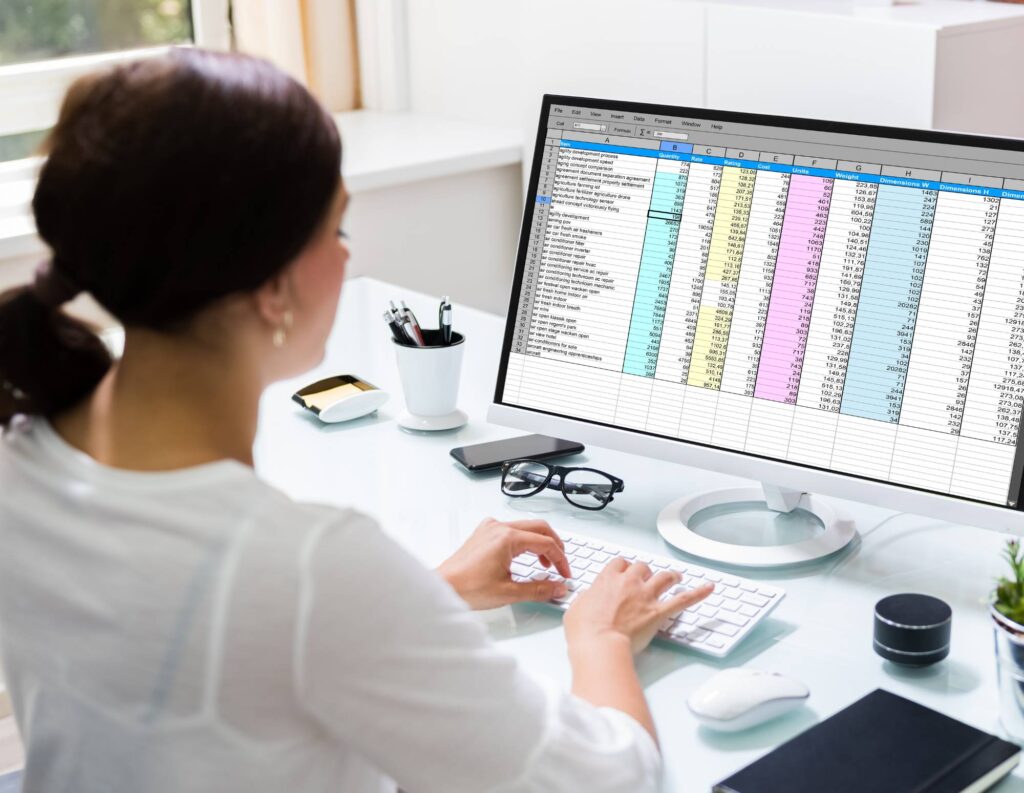Learn the basics of a profit and loss statement, a foundational financial document for independent businesses.
If you’re an independent business owner, your responsibilities keep you busy. You need to keep track of many moving parts, from acquiring clients and scheduling appointments to completing work and getting paid. And one crucial task on your to-do list should be understanding your profit and loss—or P&L—statement.
A P&L statement basically summarizes your business’ revenue and expenses for a specific period of time, typically quarterly or annually. It’s an essential tool for independent businesses because it provides critical insights into the overall health of your operation. Are you generating enough revenue? Your P&L will show that. Are your expenses too high? Your P&L statement can show you outright. Answering these questions can help you make informed decisions about how to grow your business going forward.
This article will help you understand the ins and outs of profit and loss statements, so you can use them to better monitor your business’s financial health.
Jump to:
- What goes into a profit and loss statement
- How to use a profit and loss statement
- How profit and loss fits into broader financial reporting
- Track and generate profit and loss statements easily with HoneyBook
What goes into a profit and loss statement?
A profit and loss statement, also called an “income statement,” is a financial document that summarizes your income and expenses for a given period of time. It typically covers a period of one year but can be shorter or longer depending on your business’s accounting cycle. The purpose of an income statement is to show whether your business is profitable or not.
There are several different ways to make an income statement. The most common way is to list all revenues at the top followed by all expenses below it. This provides a “bottom line” number that shows your net profit (or loss) for the period covered by the statement. To read an income statement formatted in this manner, simply start at the top with total revenue and work your way down to net income (or losses).
There are many different ways to itemize and break down revenues and expenses in this financial report. The most important thing is to be consistent in how you approach each category. For example, if you are listing advertising expenses, make sure that you include all your advertising spending under one heading. Some common ways to itemize expenses include:
- Cost of goods sold (COGS): This includes the cost of delivering your service as well as the direct labor costs associated with generating it. COGS does not include indirect costs such as overhead or shipping. It may be more appropriate for products instead of services, but its format can be modified to adjust your service-based delivery.
- Operating expenses: These are the day-to-day costs of running your business such as rent, utilities, salaries, marketing, etc.
- Depreciation and amortization: This is the gradual “wear and tear” expense associated with owning capital equipment or intangible assets such as patents or copyrights. For most independent business owners, this may not be a category to track.
- Interest expense: If your business has any loans outstanding, the interest payments on those loans will be included here.
How to use a profit and loss statement
You can use a profit and loss statement in a number of different ways. The most common use is to simply track the profitability of your business over time. This information can be helpful in making decisions about where to allocate resources or how to price your products and services.
Additionally, many financial institutions require a profit and loss statement when applying for loans or lines of credit. Furthermore, the IRS often requires businesses in the US to provide their income statements to the IRS when filing taxes.
It may seem like a required chore, but a P&L statement for self-employed revenue is a valuable reference sheet for understanding your business’s financial status. It’s a mirror that reflects what you need to work on versus what’s working well for your business.
How profit and loss statements fit into broader financial reporting
A profit and loss statement is just one of several financial reports that businesses use to track their progress and performance. Other financial statements include:
- Balance sheet: Lists a company’s assets, liabilities, and equity
- Cash flow statement: Tracks incoming and outgoing cash
- Statement of changes in equity: This statement typically isn’t necessary for independent business owners, but if you ever take your business public, this would show how stockholders’ equity has changed over time
You can use all of these financial statements together to get a complete picture of your business’s overall financial health.
As you can probably tell, for independent businesses, documents like the Statement of Changes in Equity won’t be beneficial. The balance sheet also won’t be very populated, and the cash flow statement might not be so detailed.
Instead, the profit and loss statement is quintessential for businesses at the early stages because they often reflect practically everything there is to consider in the broader sense of financial management.
Since the P&L statement is a snapshot of financial performance for a given time period, it can clearly show your business trajectory as time goes on. It’s up to you how well you can steer your ship with this information in hand.
Track and generate profit and loss statements easily with HoneyBook
HoneyBook is an all-in-one clientflow platform that supports independent business owners like you with powerful, custom capabilities and tools. By combining all of your business needs in one place, it makes it easier to track your profit and loss.
With HoneyBook, you can book clients and get paid directly through the platform, and integrate those payments with Quickbooks so they show up in your bookkeeping software asap. This means you can seamlessly view your payment information tracked through invoices your clients have paid. You can also manually add your expenses and generate a profit and loss from within the platform. This way, everything you need is organized in one place. You can see exactly where your money is going (and coming from).
HoneyBook lets you track all payments accepted through the platform and effortlessly generate a profit and loss statement without a hitch — leaving you more time to focus on running your business.



